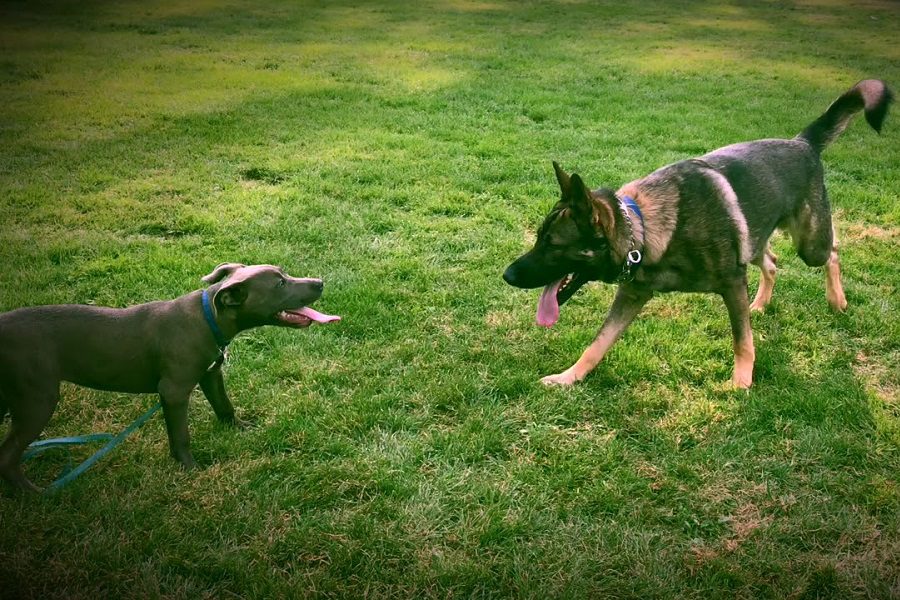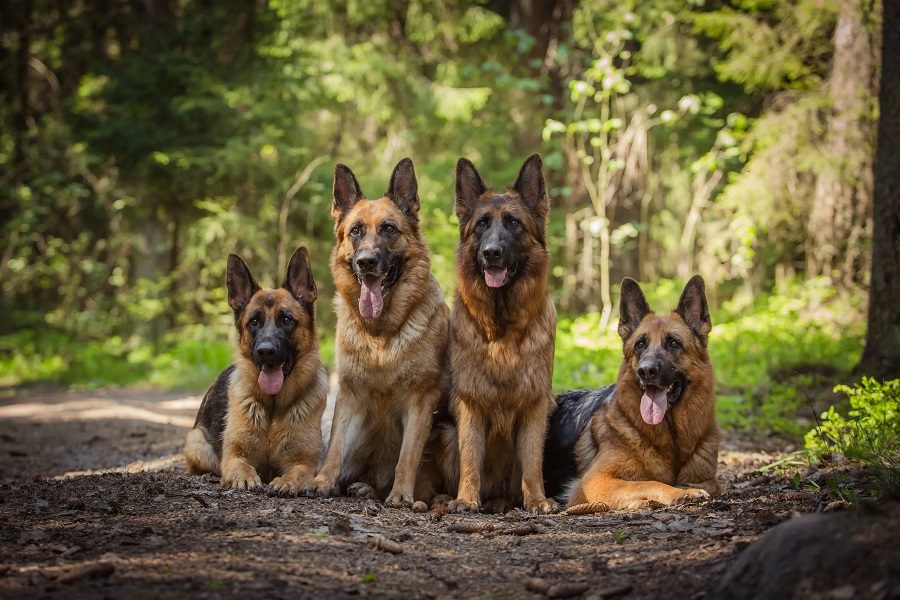Last Updated: 2 years ago
Before you start crate training your GSD, you need to know that GSDs are not against crates.
They love to be in a place that they know is safe and theirs. Training a GSD to live in a crate helps in a number of situations. When you want to go somewhere and leave the dog at home, a crate helps keep your dog safe. When a GSD is left alone without supervision, it feels a variety of emotions, including depression, boredom, sadness, anger, etc.
These emotions are the number one cause of destructive behavior in GSDs. Keeping your GSD in a crate also helps when you are training it to follow the house rules.
Why Is It necessary To Cage-Train A GSD?
- Crate training should start in GSD’s initial days at home.
- It is best to start coaching it when it is just a puppy.
- You will need to introduce the crate to your dog if it is not yet housetrained.
- If you don’t trust your dog to act properly in the house, use a crate.
- If it hasn’t learned the house rules, keep it in a crate.
- If you have little kids in the house, make sure you make your GSD learn to live in a crate, especially at night when no one can supervise it.
What Crate Will Be The Best For Your GSD?
If you try to crate train your dog in a crate that is small and uncomfortable, you will not be able to get the right results. It is important for the owners to know that the crate needs to be soft and the right fit. Your dog will be spending most of its time in the crate; that’s why it needs to be perfect.
The crate you choose for your pup should have enough space for it to relax and stretch. The bottom of the crate should have a soft cloth, towel, or rug on it so that your dog doesn’t feel uncomfortable. You will also need to leave your pup’s small toys inside the crate so that it can play when bored.
A crate made out of wood is best for GSDs. Make sure that the crate has good openings. Avoid buying a commercial crate for your GSD, as the dog will not feel safe in such a crate.
How To Train Your GSD To Live In A Crate
If you have bought a puppy, it will be easier to crate train it than adult GSDs. Below are effective tips to help your GSD learn to live peacefully in a crate.
- Don’t let your puppy sleep with you in bed, or else it will not like sleeping inside the crate.
- Get a good-sized crate.
- Keep your GSD pup inside the crate at night.
- Add a few toys to the crate so that your puppy feels happy.
- Keep the crate in a specified place.
- Place the crate in a room where there will be people around to supervise the dog.
- Do not place the crate in a chaotic place during the initial days of the puppy at your home, as it will feel scared and uncomfortable.
- Do not choose a huge crate for a little pup, as it can roam around and make a mess of it.
- If your GSD exhibits bad behaviour inside the crate, do not let it out, or it will develop bad habits and never learn to behave.
- If your puppy behaves well inside the crate, let it out as a sign of appreciation so that it learns to behave.
- Do not leave the puppy inside the house for a whole day, as it will make it destructive and angry.
- Crate training will also help when you take your pup to the vet or in the car.
- Do not buy a crate that has very little open space.
- Change the crate when your puppy starts to grow up.
- Don’t change the crate too often, as it will confuse your GSD.
What Are The Benefits Of Cage Training?
Crate training a GSD has many benefits, not only for the dog itself but for the people in the house as well. A few prominent benefits of crate training are:
- Training your GSD to stay in a crate will give it time to relax and sleep.
- It will help the dog get disciplined and improve its overall health.
- It will improve the owner-dog relationship.
- It will make the dog respect you more. It will help you pose yourself as the alpha of the pack.
- It will help reduce dog barking, crying, and whining.
- It will keep your GSD from getting destructive and messy.
- It will make the dog less authoritative and dominant over different areas of the house.
- It will make the dog feel safe and comfortable.
German Shepherds love to stay in a secure place, protected from enemies. In the wild, these dogs find a small nest for themselves, which is a hiding place for them. They hide in a nest because it makes them feel safe from weather changes and other animals.
If your GSD is not getting used to the cage, let us know so that we can help you train it in an effective way. You can also sign up for our newsletter and take advantage of our informative e-books on GSDs. We are here to ensure that every GSD owner knows everything about their dog and creates an everlasting bond with them.



